Dibble Incorporates VRU Principles into Pedestrian Projects
Written by Seth Chalmers, PE and Rebecca Argo
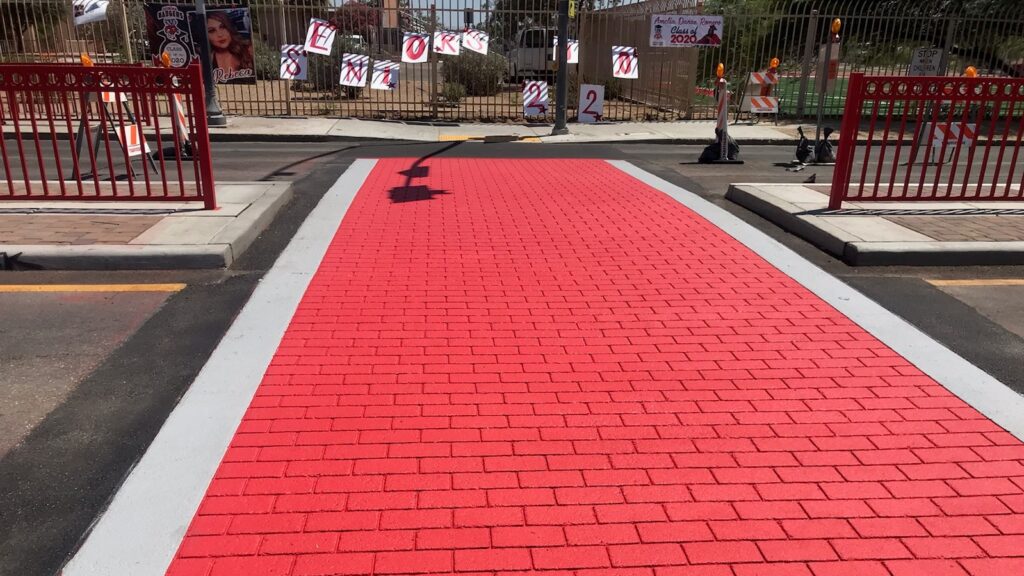
Dibble’s traffic engineering team has focused lately on improving safety and road conditions for vulnerable road users (VRUs), which include those who “walk and roll” (pedestrians, bicyclists, scooter riders, wheelchair users, and skaters). Our Director of Traffic Engineering, Seth Chalmers, P.E., recently authored the American Traffic Safety Services Association’s (ATSSA) policy recommendation on VRUs, and our team seeks to incorporate these principles into our traffic study and design projects.
Read more about the policy here.
VRUs are particularly vulnerable to severe injuries or fatalities resulting from automobile crashes, and unfortunately many communities and roadways throughout the country lack basic design features, putting VRUs at higher risk. Additionally, the recently issued U.S. Department of Transportation (USDOT) National Roadway Safety Strategy (NRSS) specifically recognizes the need to protect VRUs and address the rising number of fatalities and injuries related to VRU crashes.
Dibble seeks to stay on the forefront of multimodal, VRU, and active transportation trends by studying and designing ways to enhance VRU safety. Our traffic team has recently completed a number of pedestrian crossing studies and designs for both government and private clients. These studies have utilized USDOT Federal Highway Administration (FHWA) Safe Travel for Every Pedestrian (STEP) criteria, as well as the USDOT Safety Data Initiative Pedestrian Fatality Risk Map, to help provide information on pedestrian crossing risks. VRU planning and design is especially relevant in Arizona, since we are one of the FHWA’s Focused Approach Program states for pedestrians and bicycles.
Key aspects of Dibble’s recent VRU projects are highlighted below.
City of Phoenix HAWK Traffic Study and Design | Phoenix, AZ
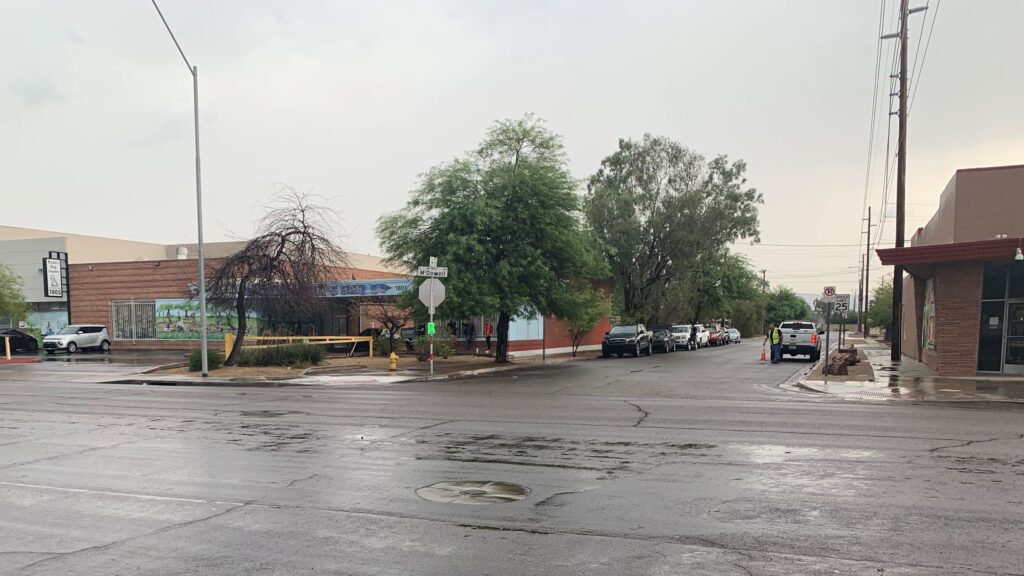
Dibble provided a traffic engineering study for new controlled pedestrian crossings at three locations: 51st Avenue between Maryvale Parkway and Camelback Road; the intersection of McDowell Road and 18th Street; and 7th Street near Vogel Street. The 51st Avenue and McDowell Road corridors are classified as arterial roadways with a speed limit of 35 mph. With significant bicycle and pedestrian activity and projected traffic volumes of more than 30,000 vehicles per day, it is highly desirable to have an organized and controlled pedestrian crossing at these locations to enhance safety. Dibble provided HAWK signal design for the 7th Street and McDowell Road locations and preliminary traffic signal design for the 51st Avenue location.
La Junta Brick and Tile Trail Design | La Junta, CO
Dibble is providing engineering services for a 3,700-foot-long, 10-foot-wide paved pedestrian trail. The proposed path will begin at the trailhead near 10th Street and Barnes Avenue, cross two new pedestrian bridges across the Anderson Arroyo, travel alongside a future city park, and tie into an existing trailhead at Warren Avenue.
Minnequa Lake Trail | Pueblo, CO
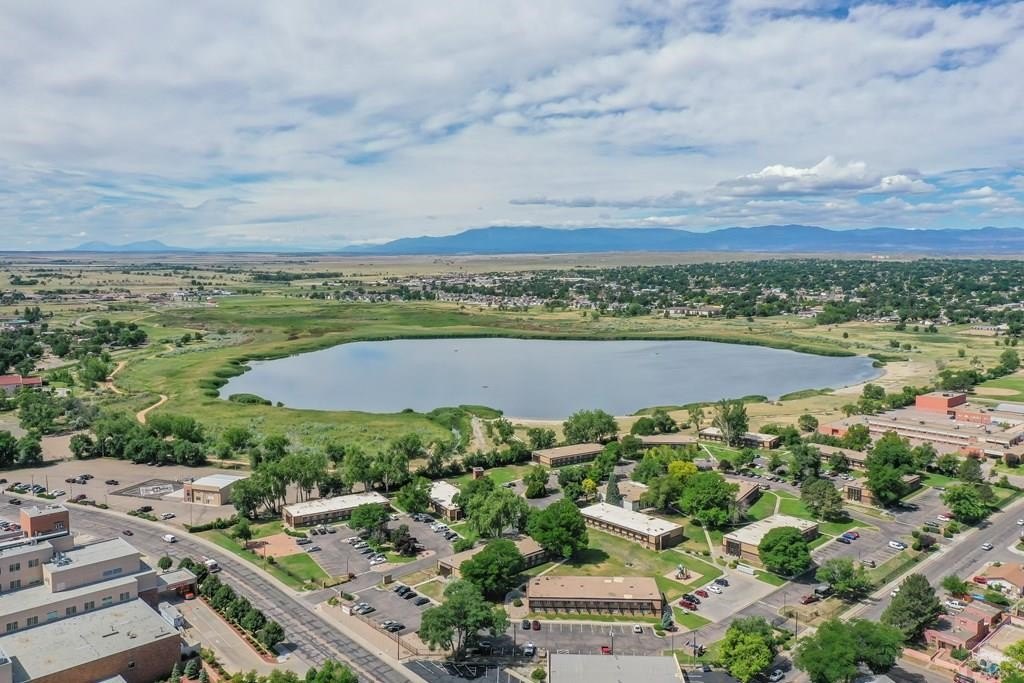
Dibble is providing engineering services for a 3,700-foot-long, 10-foot-wide paved pedestrian trail. The proposed path will begin at the trailhead near 10th Street and Barnes Avenue, cross two new pedestrian bridges across the Anderson Arroyo, travel alongside a future city park, and tie into an existing trailhead at Warren Avenue.
Banner Gateway Medical Center New Patient Tower HAWK Signal | Gilbert, AZ

Banner Gateway Medical Center is expanding its campus by about 289,000 sf of new construction between the new tower and D&T expansion. The project also includes 32,000 sf of renovation/backfill of the existing hospital. Dibble provided a traffic impact analysis (TIA) for the new patient tower and off-site surface parking. We also provided conceptual and final design for a HAWK signal on Banner Gateway Drive, which is anticipated to experience significant pedestrian traffic from patients visiting the medical center.
HonorHealth Sonoran Crossing Medical Center HAWK Signal Concept | Phoenix, AZ
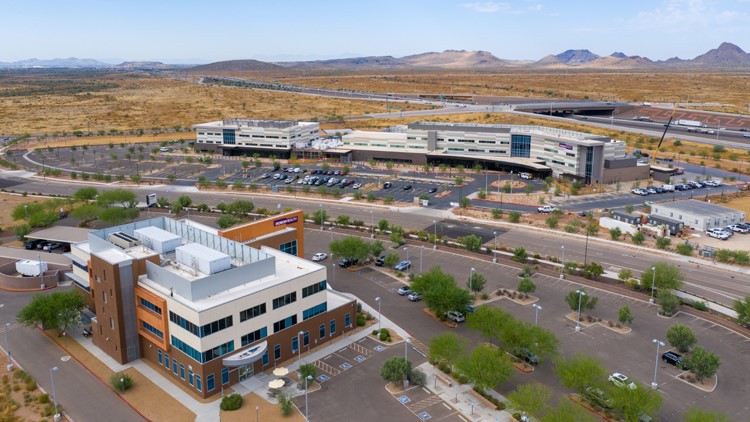
The newly expanded Sonoran Crossing facility required a designated pedestrian route between the facilities and parking lots on either side of 32nd Avenue to accommodate all the pedestrians using this route during the day and night. Since 32nd Avenue is projected to be an arterial roadway with a speed limit of 35 mph and estimated traffic volumes between 5,000 to 30,000 vehicles a day, it will be necessary to provide an organized, controlled pedestrian crossing. Dibble provided a traffic engineering study and HAWK signal design concept for the 32nd Avenue crossing to enhance safety and ease of crossing for pedestrians.
Gateway Shared-Use Path | Mesa, AZ
Dibble designed 1.8 miles of a shared-use path along the SR 202L freeway from Elliot Road to Hawes Road. Key project features include pedestrian lighting, hardscape features, roadway and Americans with Disabilities Act (ADA) improvements, and a new traffic signal. The project provides a safe travel corridor for VRUs along this section of the SR 202L.
South Canal Shared-Use Path | Mesa, AZ
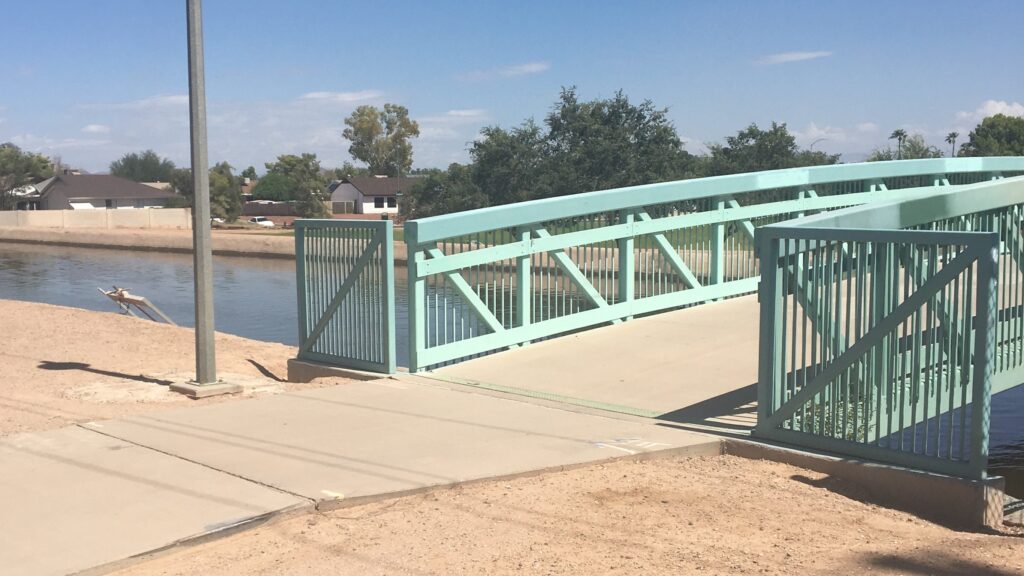
Dibble designed 3.3 miles of a shared-used path along the South Canal from the Consolidated Canal to McKellips Road. The project includes a pedestrian path and equestrian path, lighting, traffic signal, and hardscape features. The path provides a safe travel and recreation area for pedestrians, bicyclists, and equestrian users.
Delaware Drive, Apache Trail to Superstition Boulevard | Apache Junction, AZ
Dibble provided roadway and drainage design for a multimodal connectivity project on Delaware Drive in Apache Junction, approximately 0.5 miles in length. The improvements include sidewalk, ramps, curb and gutter, and bike lanes to help protect VRU travelers.
6th Street/2nd Avenue HAWK Crossing | Tucson, AZ
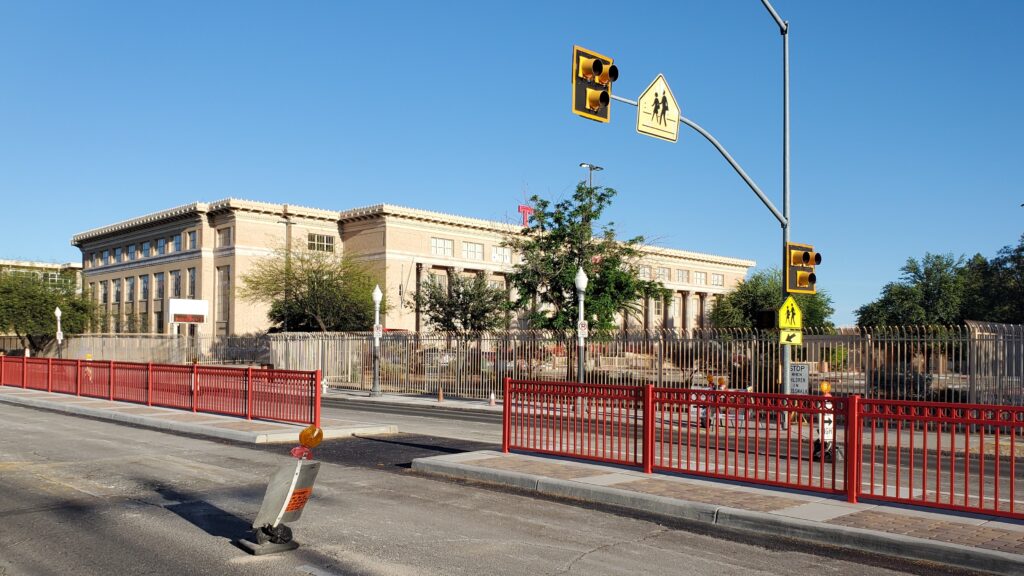
Dibble provided a pedestrian crossing compliance study to identify measures to increase student crossing compliance at this existing HAWK crossing of 6th Street, which is a busy multi-lane arterial connecting downtown Tucson and the University of Arizona campus. This crossing is heavily used, as it connects two schools (Tucson High Magnet School and Roskruge Bilingual K-8). Dibble designed a raised median and pedestrian barrier fence in the median and along the road to help funnel student pedestrians to the HAWK crossing. This fencing effectively cut off the “angle” crossing and has resulted in significant crossing compliance.
At Dibble, our mission statement is “providing a positive impact in our communities.” We are thrilled to be making a difference through our work in studying and designing safety features for VRUs – those who “walk and roll.”

